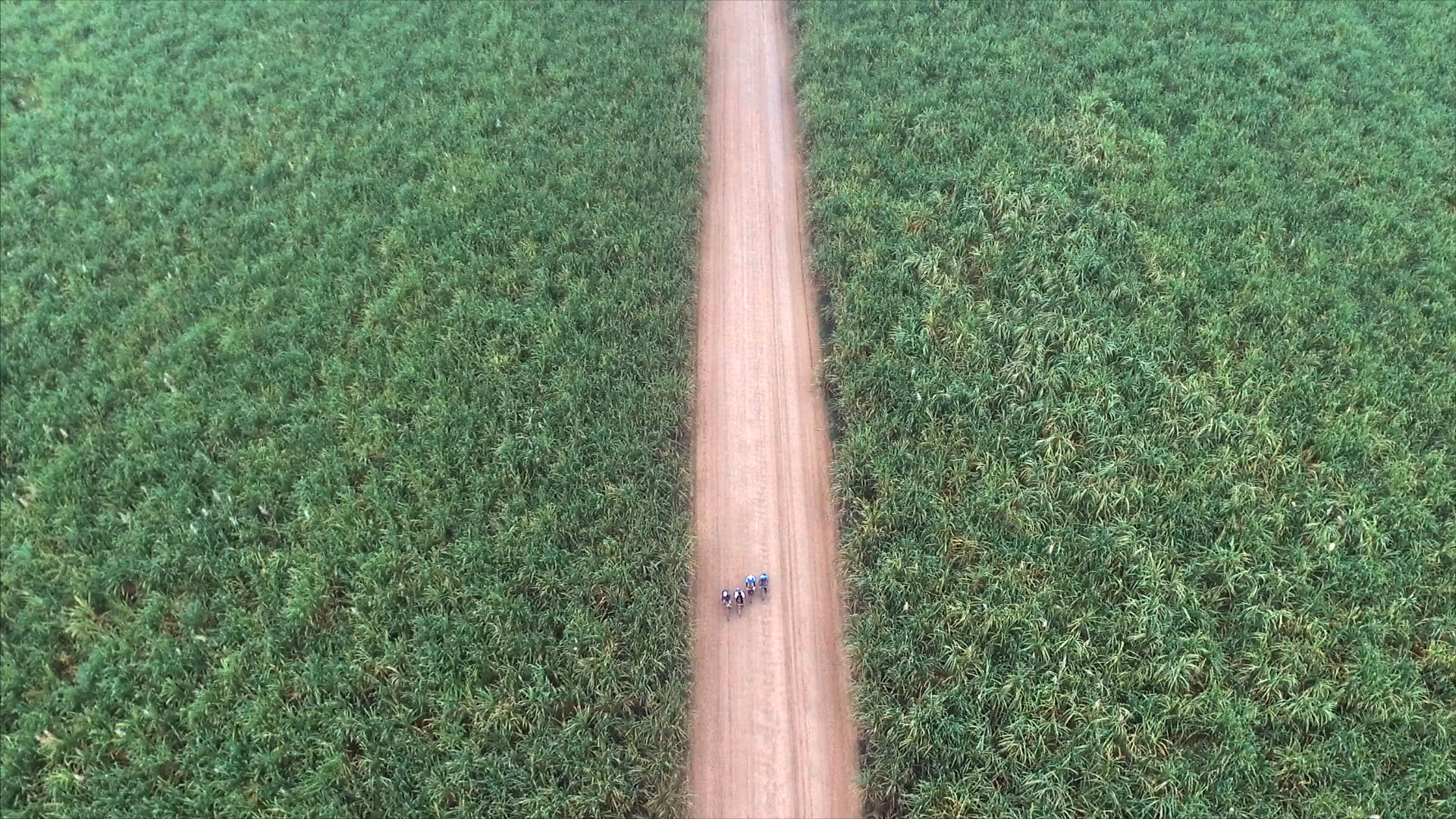ABOUT:
Nearly a million peopled unlawfully immigrated to the United States between 2013 and 2015 according to the Department of Homeland Security. Many of these immigrants claimed asylum at the United States’ southern Border with Mexico.
Fleeing violence, drug cartels and poverty these journeys continue today, however changes in United States policy have made seeking asylum near impossible. In turn, those seeking a new beginning have to gamble with their own lives.
Separating the United States from Mexico is a border spanning nearly 2000 miles. Much of this boundary is covered by vast swaths of deserts; making entry difficult even where no man-made barriers stand. Deserted explores the peril of this crossing, and the work done by humanitarians to prevent additional deaths.
WATCH
DIRECTOR Q&A | JASON MOTLAGH

What attracted you to the story of Deserted?
I made an initial trip to the Sonoran Desert back in June to report a magazine story. It was remote and unforgiving terrain, the heat 110-plus degrees. Brutal. And migrants were still taking their chances, determined to find a way though the inferno, well aware they might die trying. The powerful stories I heard -- of loss, resilience, and the diehard commitment of local humanitarians -- demanded more attention. I knew we had to return and make a film.
Why was it important to tell this story?
Hundreds of people are dying every year in obscurity. Their remains are seldom found and the stories rarely make the news. Families suffer without answers. And volunteers who are trying to help migrants are being thwarted, even prosecuted by their own government. What’s happening in the Sonora is a microcosm of the migration crisis, a crucible of both hope and cynicism.
What should we know about your filmmaking process?
We don’t like to over-plan our days in the field. Flexibility leaves room for the unforeseen, and that’s the stuff that breathes life into a film. In Deserted, a story that started in the Arizona-Mexico borderlands took a sharp, totally unexpected turn mid-shoot that compelled us to travel to Texas and El Salvador. We were able to track one migrant’s story from start to finish, and the film was much stronger for it.
Did you make any unexpected discoveries while shooting?
It was a shock to learn that Oscar Gomez, a Salvadoran migrant I had spent time with on my earlier magazine assignment, died trying to cross the desert. I suspected he hadn’t survived, based on what some of his friends had told me. But I never anticipated that I would come across his ID card and personal effects -- all while the camera was rolling. This sudden, absolute confirmation that a man I’d known was gone really knocked the wind out of me.
What do you hope your documentary will achieve?
The desire to live a life with dignity and security is universal. Having reported from El Salvador, Guatemala and other poor, hyper-violent countries, it’s painful to see migrants and asylum seekers demonized in the US. Their needs are so essentially human. I’ve always believed that the inability of some Americans to empathize is a failure of imagination; they could just as well be us. My hope is that this film helps viewers of all stripes better relate to the plight of migrants, to walk in their shoes for a while and see things differently.
DOCUMENTARY SELECTS
Click on any image for full screen slideshow.
MORE FROM CGTN AMERICA
- Click to share on Facebook (Opens in new window) Facebook
- Click to share on X (Opens in new window) X
- Click to share on Instagram (Opens in new window) Instagram
- Click to share on LinkedIn (Opens in new window) LinkedIn
- Click to share on Reddit (Opens in new window) Reddit
- Click to print (Opens in new window) Print
 CGTN America
CGTN America












